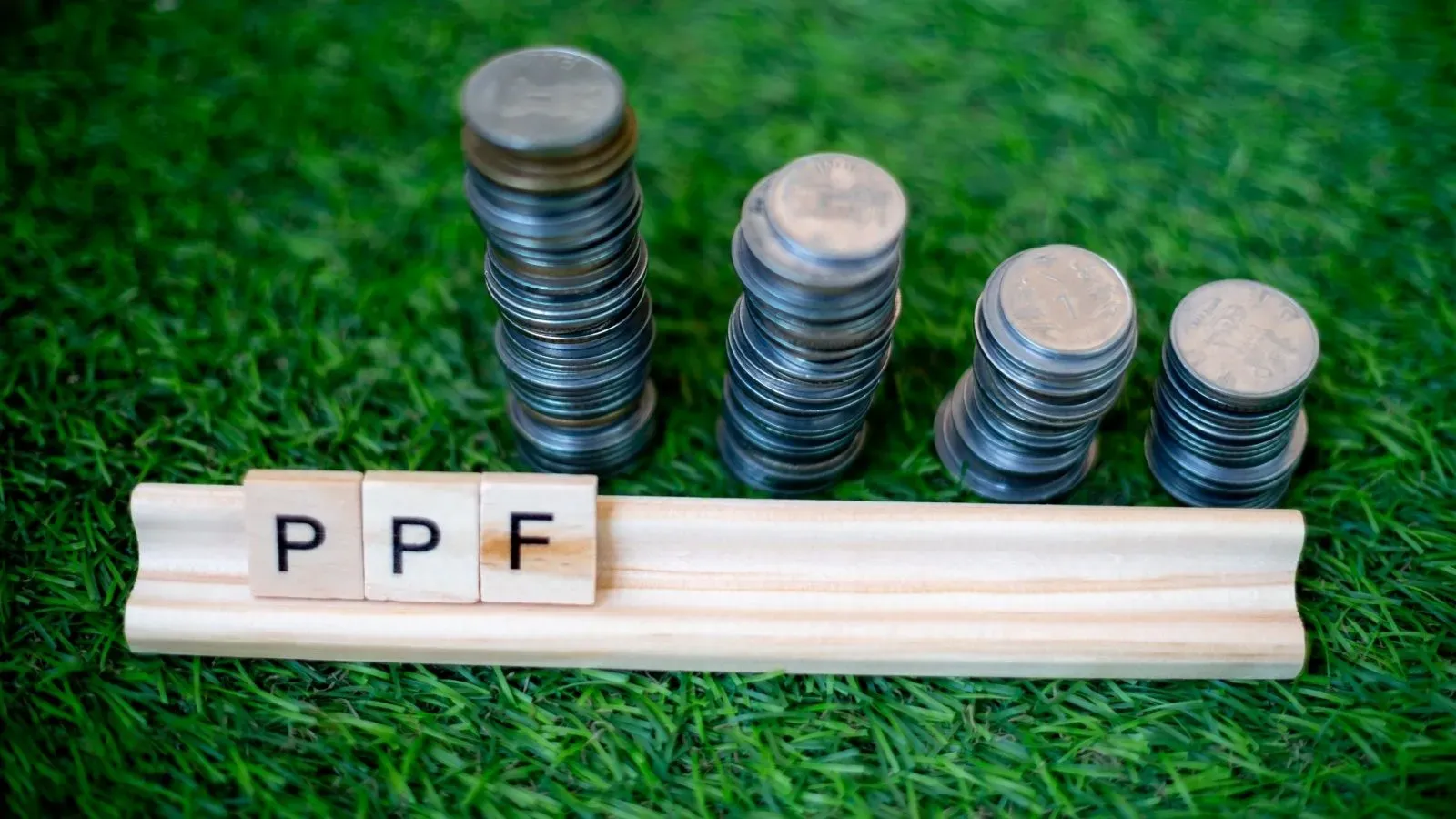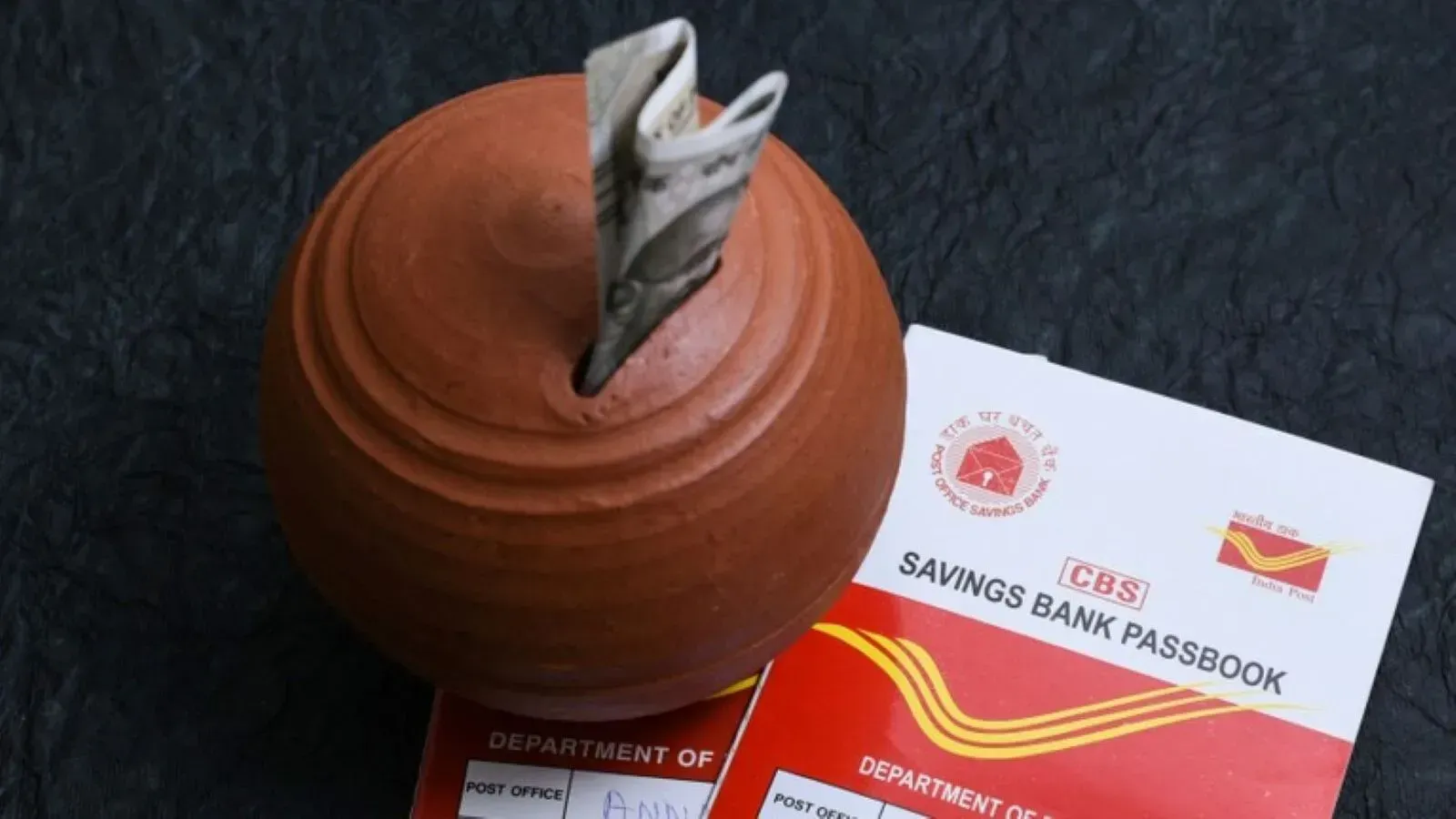Personal Finance News
Public Provident Fund: Impact of interest rate changes on PPF deposits explained
.png)
3 min read | Updated on September 30, 2025, 14:53 IST
SUMMARY
As the Finance Ministry is expected to announce the Public Provident Fund (PPF) interest rate for the October-December quarter of FY 2025-26 on September 30, 2025, here's a look at how a change in interest rate affects your PPF deposits.

Finance Ministry to announce PPF interest rate for October-December 2025. | Image source: Shutterstock
Any change in the Public Provident Fund (PPF) interest rate can affect the final amount the depositor may receive upon maturity or upon account closure.
As the Finance Ministry is expected to announce the Public Provident Fund (PPF) interest rate for the October-December quarter of FY 2025-26 on September 30, 2025, here's a look at how a change in interest rate affects your PPF deposits.
How does PPF interest rate work?
The Finance Ministry declares PPF interest rate every quarter. The interest on PPF is compounded annually, which means that the accumulated interest gets added to the account balance at the end of every financial year.
As the PPF scheme has a lock-in of 15 years, any change in the interest rate during this period directly affects the maturity corpus.
At present, the PPF interest rate is 7.1%. Although this is lower than the usual 8% or more interest offered on PPF deposits till a few years back, the scheme remains one of the safest fixed-income options compared to bank fixed deposits. More so because the scheme not only provides guaranteed returns but also allows tax-free withdrawals on maturity. Even deposits up to ₹1.5 lakh are tax-exempt under Section 80C in the old tax regime.
Impact of interest rate hike or cut
When the finance ministry increases the PPF interest rate, both existing and new investors benefit alike. The revised rate applies to all balances held in a PPF account, which means every rupee already deposited grows at the higher rate.
However, a cut in the PPF interest rate can reduce the long-term maturity corpus. The calculator shows that even a minor reduction of 0.5% can translate to a significant shortfall in the maturity amount. In the above example, if the PPF rate drops from 7.1% to 6.6%, the maturity corpus could reduce to approximately ₹38,96,480.
What should investors do?
Ahead of the announcement, PPF account holders are expecting a hike in the interest rate from the current 7.1%. However, nothing can be confirmed at this time. The government may or may not increase the PPF interest rate.
As an investor, you cannot control interest rate changes. However, you can optimise your contributions by investing the full yearly amount at the beginning of the financial year to maximise compounding. This should preferably be done in the first week of April.
You should treat PPF as a long-term, stable debt instrument instead of trying to time it with interest rate cycles.
Further, balancing your PPF investments with other options like equity mutual funds may help you generate better inflation-adjusted returns over the long term.
Related News
By signing up you agree to Upstox’s Terms & Conditions
About The Author
Next Story





